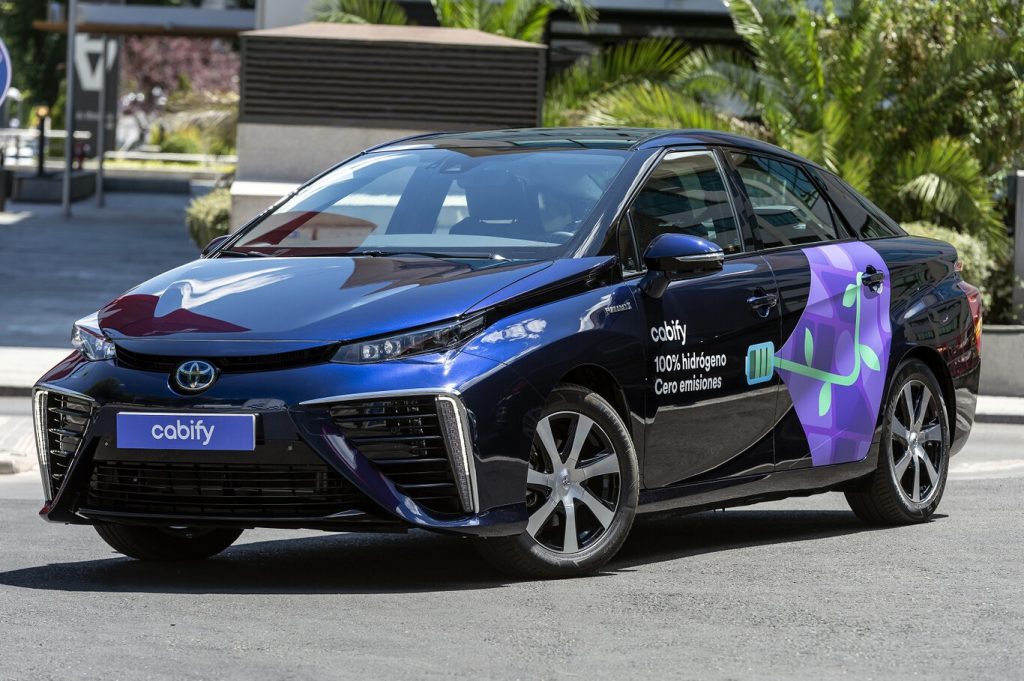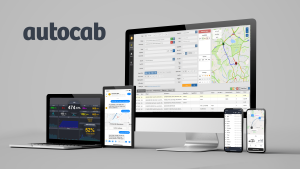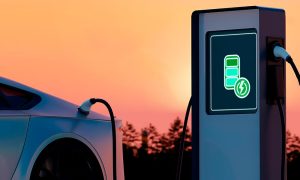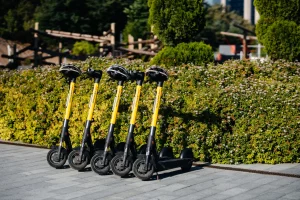With the objectives of accelerating the energy transition and presenting technological solutions to improve transportation in cities, Cabify and the creators of the Hyperloop ultra-fast train, Zeleros, are working to boost electric mobility.
During “The Next Web” meeting, which took place at La Marina in Valencia, Spain, Cabify‘s CIO Carlos Herrera and Zeleros Hyperloop Managing Director and Co-Founder David Pistoni offered their perspectives on how sustainability is changing the way technology is developed.
According to Herrera, there is no single thing that will replace the private car but a combination of different modes of transportation. He pointed out that the industry’s goal in relation to sustainable mobility should be to “combine them wisely”.
In his opinion, this is a difficult task because “the private vehicle serves for everything”, so the role of companies dedicated to new forms of mobility should be to “help users decide how they move and maximize the value of the transport infrastructure”.
Read also: BYD Arrives to Spain with Technological Electric Vehicle Offering
Solutions
Cabify‘s executive highlights as one of the technological and sustainable axes of the company the decarbonization of the fleet, through a strict commitment to be 100% electric before anyone else in the industry.
Another of the formulas to try to decarbonize is to increase vehicle occupancy to reduce the time between trips and, thus, driving hours and the associated carbon footprint.
“It’s about being wiser about how to move, about being able to move more people with fewer resources,” Herrera said, emphasizing that electric cars are more expensive to buy but cheaper to operate.
As for the infrastructure used by Cabify, he stressed the importance of two variables, “electrification and data”, the first, with “more recharging points”, and the second, “knowing where each vehicle is at any given moment”.
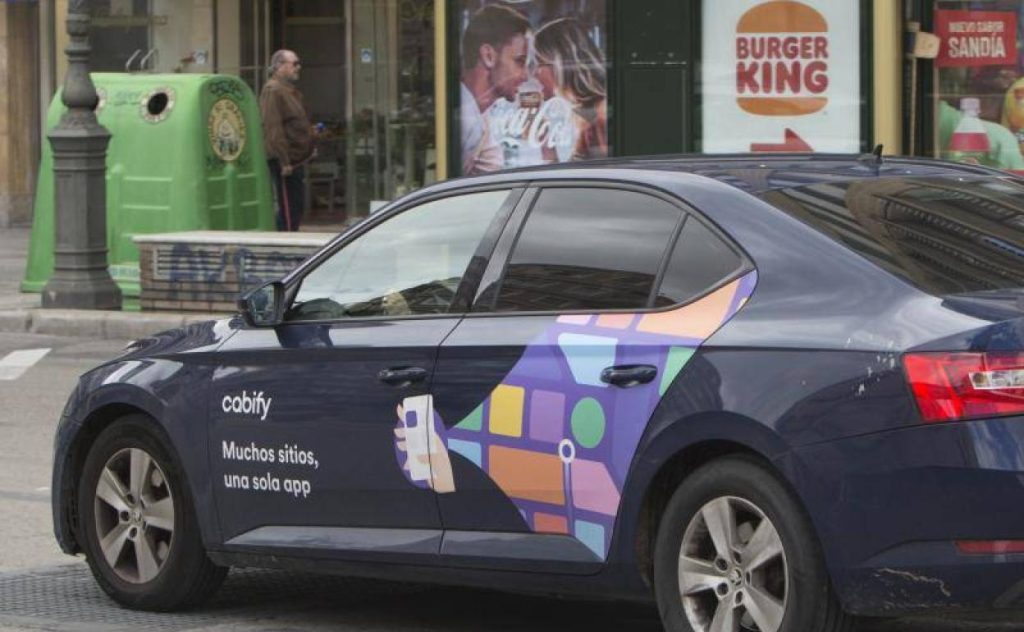
Innovation at Zeleros
Zeleros Hyperloop Managing Director and Co-Founder David Pistoni defined his technology as the next step from the levitating trains of China and Japan, introducing a low-pressure environment to make them go faster.
“Technology is transforming everything; the challenge is in using technology to evolve in the right direction. More than 25% of greenhouse gas emissions come from transportation, the population is growing in cities and every fifteen years we double the number of airplanes we have in the air,” he explained.
In view of this panorama, Pistoni assured that Zeleros’ objective is to make the new transport a reality with nine projects to develop this type of technology in different parts of the world together with an ecosystem formed by companies such as Red Eléctrica, Acciona or Capgemini.
Regarding the infrastructures used by the Hyperloop, he revealed that Zeleros is preparing the value chain for the infrastructure, not only for the vehicles, and that they are also working to reduce the carbon footprint of what goes beyond the train itself.




